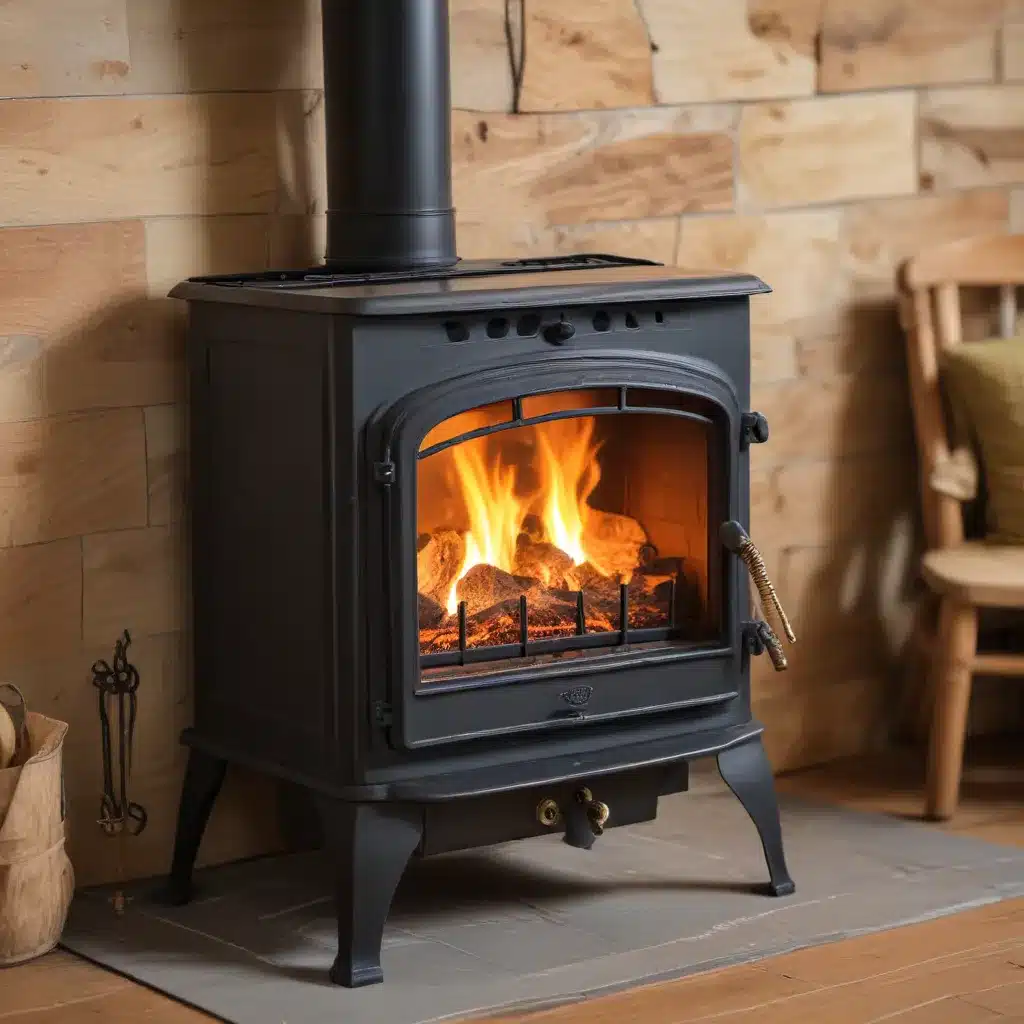
The Importance of Smoke and Carbon Monoxide Alarms
As the colder months approach, the comforting glow of a wood-burning stove or fireplace becomes increasingly essential for home heating. However, these heating sources also bring an elevated risk of fire hazards if not properly maintained. Safeguarding your home from the dangers of wood stove and chimney fires is of utmost importance, and it begins with ensuring your smoke and carbon monoxide alarms are functioning effectively.
Smoke alarms are the first line of defense against home fires, providing an early warning that can mean the difference between life and tragedy. According to the National Fire Protection Association (NFPA), having a working smoke alarm in your home can cut the risk of dying in a fire by half. But simply installing these devices is not enough – they require regular testing and maintenance to ensure they are ready to alert you at a moment’s notice.
In addition to smoke alarms, carbon monoxide (CO) detectors are equally vital for home safety, particularly in properties with wood stoves or fireplaces. Carbon monoxide is an invisible, odorless gas produced by the incomplete combustion of fuels, and it can quickly become deadly if a chimney or vent becomes obstructed. Strategically placing CO detectors near sleeping areas and living spaces can provide a critical early warning, allowing you to evacuate safely and call for help.
Preventing Chimney Fires: The Importance of Professional Maintenance
While smoke and CO alarms are essential, they are only one part of a comprehensive fire prevention strategy. Maintaining the health and proper function of your wood stove and chimney system is a crucial component in safeguarding your home.
Chimney fires are a leading cause of house fires, and they are often the result of a gradual buildup of creosote – a highly flammable byproduct of wood combustion. As this substance accumulates inside the chimney, it can ignite, leading to flames that can spread rapidly through the structure. Other common causes of chimney fires include animal nests, debris blockages, and cracks or damage in the chimney liner or masonry.
To mitigate these risks, regular professional chimney inspections and cleanings are essential. A certified chimney sweep will use specialized tools and techniques to thoroughly remove creosote buildup, identify any structural issues, and ensure your chimney is functioning safely and efficiently. Depending on the type of wood you burn and the frequency of use, your chimney may require cleaning as often as once a year to keep it in top condition.
Choosing the Right Firewood and Maintaining Your Wood Stove
Beyond proper chimney maintenance, the type of firewood you use and how you operate your wood stove can also have a significant impact on fire safety. Burning seasoned, dry wood is crucial, as it produces less smoke and creosote buildup compared to green or wet wood. Properly storing and seasoning your firewood for at least 6 months before use can go a long way in reducing the risk of a chimney fire.
Maintaining your wood stove itself is also important. Ensure that the door seals are in good condition, the air intake is functioning correctly, and the stove is placed a safe distance from combustible materials. Always use a sturdy fireplace screen to prevent sparks from escaping, and never leave a fire unattended.
Protecting Your Home’s Exterior and Surrounding Areas
The risks associated with wood stove and chimney fires extend beyond the interior of your home. Proactive measures to “harden” the exterior of your property can also play a crucial role in fire prevention and protection.
Pay close attention to the condition of your roof, ensuring it is made of fire-resistant materials and free from any gaps or openings that could allow embers to enter. Chimneys should be equipped with proper spark arrestors and caps to prevent the escape of hot embers. Regularly clearing debris, leaves, and other flammable materials from your gutters, eaves, and the area immediately surrounding your home can also help create a defensible space in the event of a wildfire or nearby brush fire.
Staying Vigilant and Prepared
Ultimately, safeguarding your home from wood stove and chimney fires requires a multi-faceted approach. By combining the power of working smoke and CO alarms with regular professional maintenance of your heating systems, thoughtful firewood selection, and proactive exterior hardening, you can significantly reduce the risk of a devastating fire.
During National Fire Prevention Week and throughout the year, take the time to ensure your home is well-prepared for the colder months ahead. Schedule an annual chimney inspection and cleaning, test your alarms, and review your fire safety plan with your family. By staying vigilant and taking these proactive measures, you can enjoy the warmth and comfort of your wood stove while keeping your loved ones and property safe.
For more information on wood stove fire prevention and home heating solutions, be sure to visit https://woodstoveheaters.com/. Our team of experts is dedicated to providing the resources and guidance you need to heat your home safely and efficiently.
Key Takeaways
- Smoke alarms and carbon monoxide detectors are crucial for early fire detection and saving lives.
- Regular professional chimney inspections and cleanings are essential to remove creosote buildup and identify structural issues.
- Burning seasoned, dry firewood and properly maintaining your wood stove can help prevent dangerous chimney fires.
- Hardening the exterior of your home, including the roof, chimneys, and surrounding areas, can protect against wildfire and ember threats.
- Stay vigilant, schedule annual maintenance, and review your fire safety plan to keep your home and family secure.


